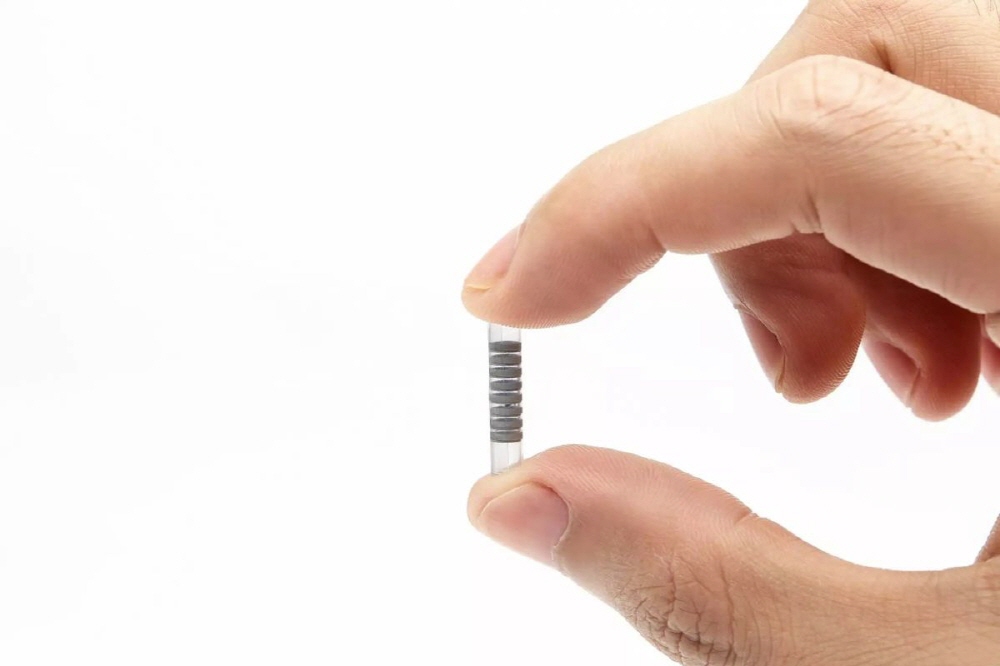
Recently, with the development of technology, there is a movement to reproduce body tissues as artificial ones, and synthetic red blood cells that can carry not only oxygen but also anticancer drugs, and artificial cartilage with strength and durability comparable to real ones are being developed. For these artificial tissues, a Chinese research team announced that they have newly developed a built-in electronic blood vessel that mimics the main functions of blood vessels.
Advances in bioelectronics have great potential to solve heart and vascular medical problems. Artificial blood vessels have been developed for several years because they help in disease research, treatment of kidney failure, and replacement of occluded blood vessels. For these artificial blood vessels, a Chinese research team has developed an electronic blood vessel that can mimic the main role of blood vessels by combining liquid metal and medical polymers and inserting them into the body.
The newly developed electronic vessel consists of a biodegradable and flexible metal-polymer conductor membrane and can be integrated with a three-layer vascular structure. According to the research team, after testing the biocompatibility with human vascular cells and blood in the laboratory, the electronic blood vessels showed high biocompatibility.
Electronic blood vessels not only serve as blood vessels, but also include circuits that, together with various electronic devices, can perform tasks such as providing electronic stimulation to blood vessel cells or delivering drugs into blood vessels through electronic control. In an experiment using human blood vessels, it was confirmed that vascular endothelial cells proliferate and migrate by applying electrical stimulation to wounded blood vessels through electronic blood vessels.
In another experiment, a circuit for the electroporation method, in which an electric pulse is used to pierce a microscopic hole in the cell membrane with a sword, and insert a substance into the cell, is integrated into the electronic blood vessel. As a result of investigating the performance of the electroporation method by electron blood vessels using blood vessels, it is said that the intracellular polarsmid could be delivered by well controlling the electric pulse voltage and interval.
The research team also conducted an experiment to evaluate the effect of including electron blood vessels in the rabbit’s body. In this experiment, a part of the rabbit carotid artery was replaced with an electronic blood vessel and monitored for 3 months. In addition, as a result of examining the rabbit organs after removing the electron blood vessels, it was also confirmed that no inflammation occurred in the organs.
The research team sees the results of this experiment as promising and says that it is necessary to study the device and establish long-term safety, and to miniaturize the electronic device that combines with an electronic blood vessel if it includes humans. The research team said that in the future, batteries and control systems should be minimized and integrated, all parts should be biodegradable and functional parts should be fully portable. Related information can be found here.


















Add comment